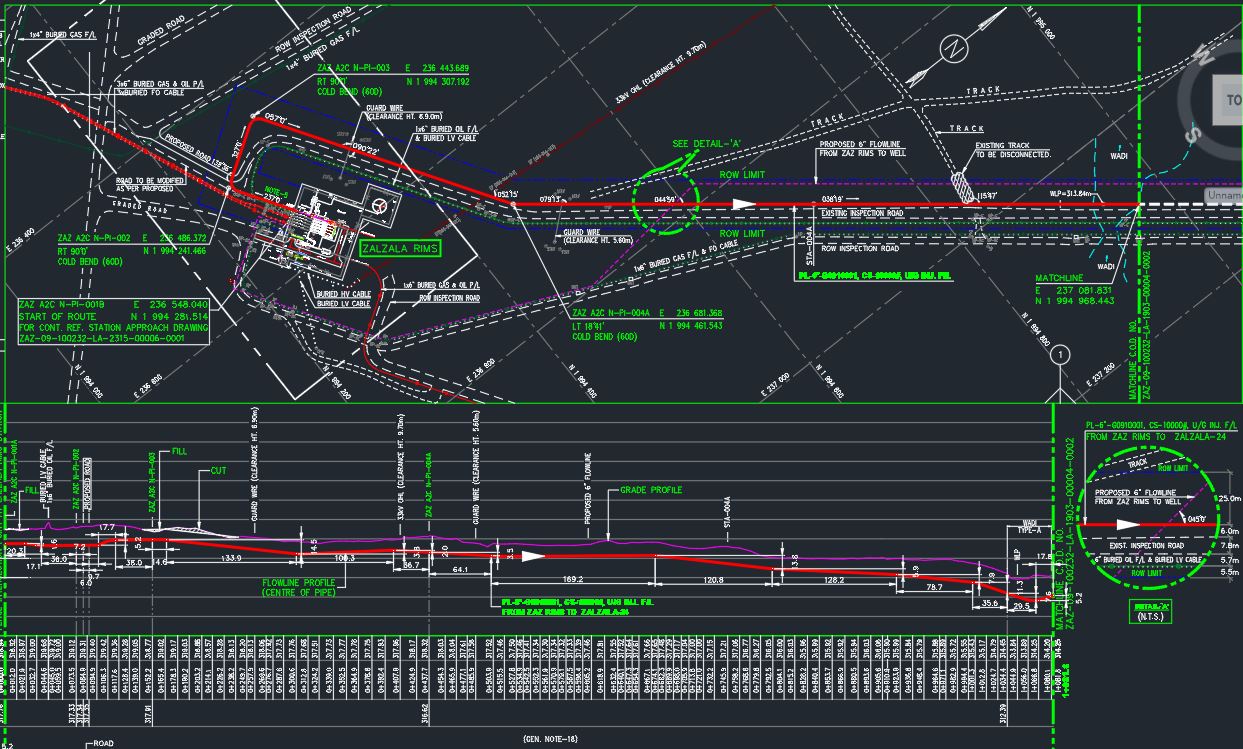Pipeline alignment drawing is crucial for pipeline design and construction. It requires technical skill, precision, and the right tools. Technology advances are making methods and tools for creating alignment drawings more sophisticated. This progress offers new ways to improve accuracy and efficiency. By understanding key elements, using the right technologies, and following best practices, professionals can excel in pipeline alignment drawing and contribute to successful infrastructure projects.
CAD software is essential for pipeline alignment drawing. Programs like AutoCAD, Civil 3D, and specialized pipeline design software help engineers create precise and detailed drawings. These tools offer features like layering, scaling, and annotation, which simplify the design process.
In engineering and construction, pipeline alignment drawing is a vital task. It is fundamental for installing, operating, and maintaining pipelines, which transport fluids and gases across various terrains. Accurate alignment is key for efficiency, safety, and regulatory compliance. This online course covers the importance of pipeline alignment drawing, its key elements, and the tools and best practices used by professionals.
Benefits of Completing an Online Pipeline Alignment Drawing Course:
Enhanced Skills: Gain a deep understanding of pipeline alignment principles and improve technical drawing skills, making you more effective and efficient.
Career Advancement: Advanced skills and certification can lead to better job opportunities and career growth in engineering and construction.
Increased Confidence: Mastery of pipeline alignment drawing will boost your confidence in handling complex projects and design challenges.
Networking Opportunities: Online courses often provide forums and networking opportunities to connect with other professionals and industry experts.
For professionals in pipeline design and installation, creating accurate and detailed pipeline alignment drawings is essential. These drawings ensure pipelines are installed correctly, efficiently, and in compliance with safety and regulatory standards. The course will teach you how to read pipeline alignment drawings and include a practical case study.


























